-

The Psychology of Thomas Shelby: A Psychological Character Analysis
Peaky Blinders is a British crime drama that first aired in September 2013 and concluded in April 2022, spanning six seasons and following the rise of the Shelby family from street bookmakers to political power brokers in early 20th-century Birmingham. Across its nine-year run, the series became known for its striking cinematography and historical atmosphere.…
-

A Psychological Character Analysis of Light Yagami: Narcissism, Power, and the Making of Kira
Light Yagami is a complex antihero of the famous Japanese anime series ‘Death Note’ (running from 2006-2007). The anime features a story of how a high school student (Light) comes across a notebook that allows the person using it to kill someone by writing their name on it and visualizing a real image of them…
-

Understanding Lou Bloom: A Character Analysis and Personality Profile of Nightcrawler’s Antihero
Lou Bloom (from Nightcrawler, played by Jake Gyllenhaal) is a unique portrayal of a psychopath. He is indeed a morally vacuous character. But more than that, he is the embodiment of a mind conditioned to see the world – and himself – as machinery to be optimized. Not unlike the popular perception of many incredibly…
-

How to Stop Being Too Nice
Being ‘nice’ is generally not an issue. Most people do like polity and someone who is soft-spoken. Indeed, psychological research shows that someone who is high in agreeableness (one of the big 5 personality traits) is more likely to have a healthier intimate relationship with their partner. However, being a ‘nice guy’ in an environment…
-

Inside the Mind of Joe Goldberg: A Psychological Character Analysis of Personality Issues and Trauma
Joe Goldberg, the infamous protagonist of Netflix’s You, has captivated and horrified audiences with his chilling charm and obsessive pursuit of love (to put it mildly). But underneath Joe’s excessive behaviors (mostly stalking, killing, manipulating) lies a psyche shaped by trauma. By looking at Joe’s beliefs about himself, others, and the world, I hope to…
-
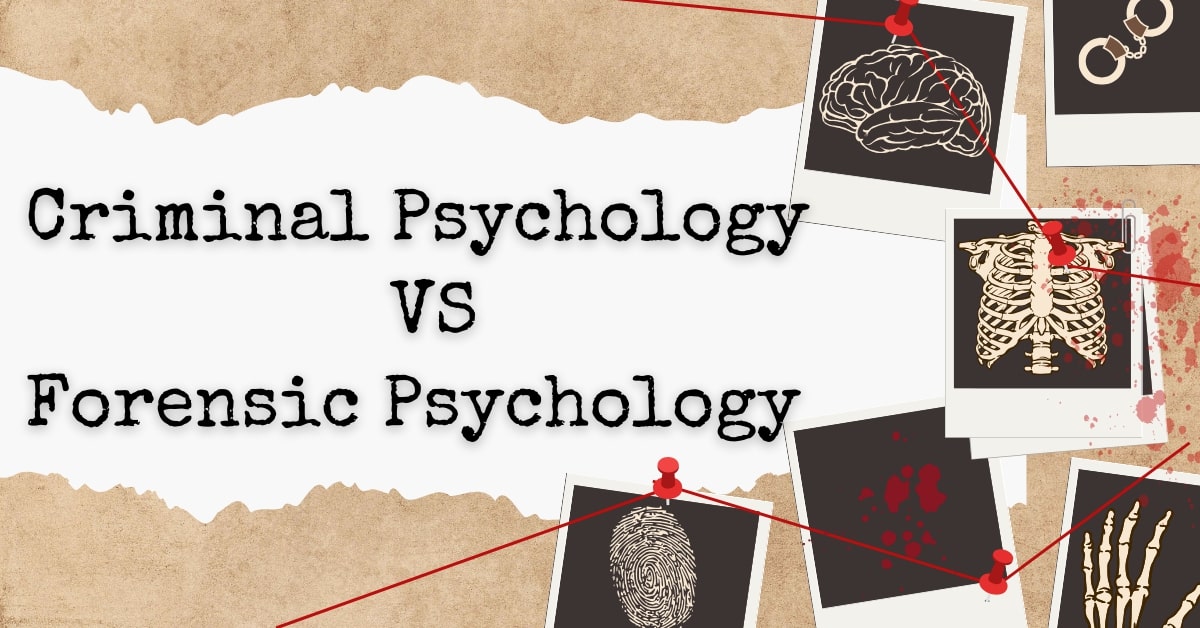
Criminal Psychology vs Forensic Psychology – Understanding the Difference
Let’s face it crime stories are everywhere. Flip through Netflix, scroll your feed, or even overhear someone at a coffee shop, and chances are, you’ll catch a murder doc, courtroom drama, or some deep-dive into the mind of a killer. It’s gripping. But it’s not just about the shock value. Deep down, a lot of…
-
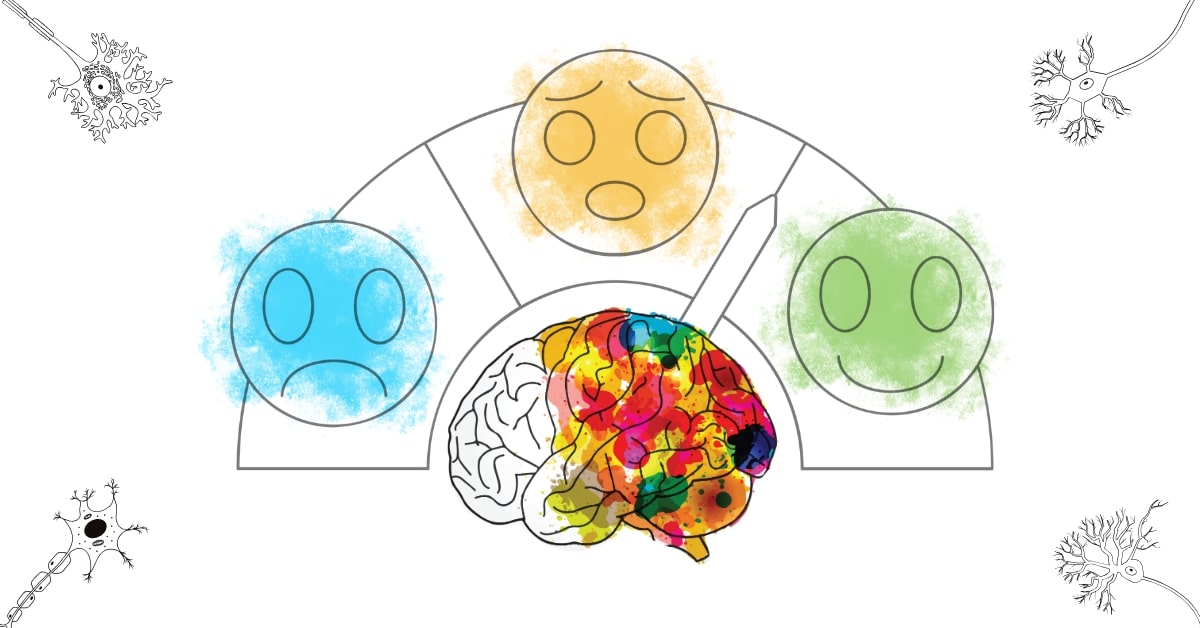
5 Small Ways to Reset and Regulate your Nervous System
When Your Brain’s in All Caps My phone’s blowing up. My brain won’t shut up. And don’t even ask me what’s for dinner, I might cry. Sound familiar? Yeah, same. Whether it’s the group chat chaos, that one unread email from a week ago, or just existing in a world that moves at 1000 tabs…
-

How Do I Improve My Emotional Intelligence? 5 Psychological Tips That Work
In today’s fast-paced world, success is no longer measured by IQ alone. While technical skills and knowledge are valuable, research consistently shows that people who thrive in life often share another key strength: emotional intelligence (EI). Emotional intelligence is the ability to recognize, understand, and manage emotions – both our own and those of others.…
-

The Psychology of Evil in Anime: 10 Characters Who Show Psychopathic Traits
Anime, or animēshon (in Japanese), is usually referred to animated films or series made in Japan. With the compelling storytelling these anime demonstrate (mostly), they have some of the most complex, terrifying, and unforgettable villains. From calculated masterminds to chaotic thrill-seekers, these characters captivate audiences. Their evil is legendary not only through their actions but…
-
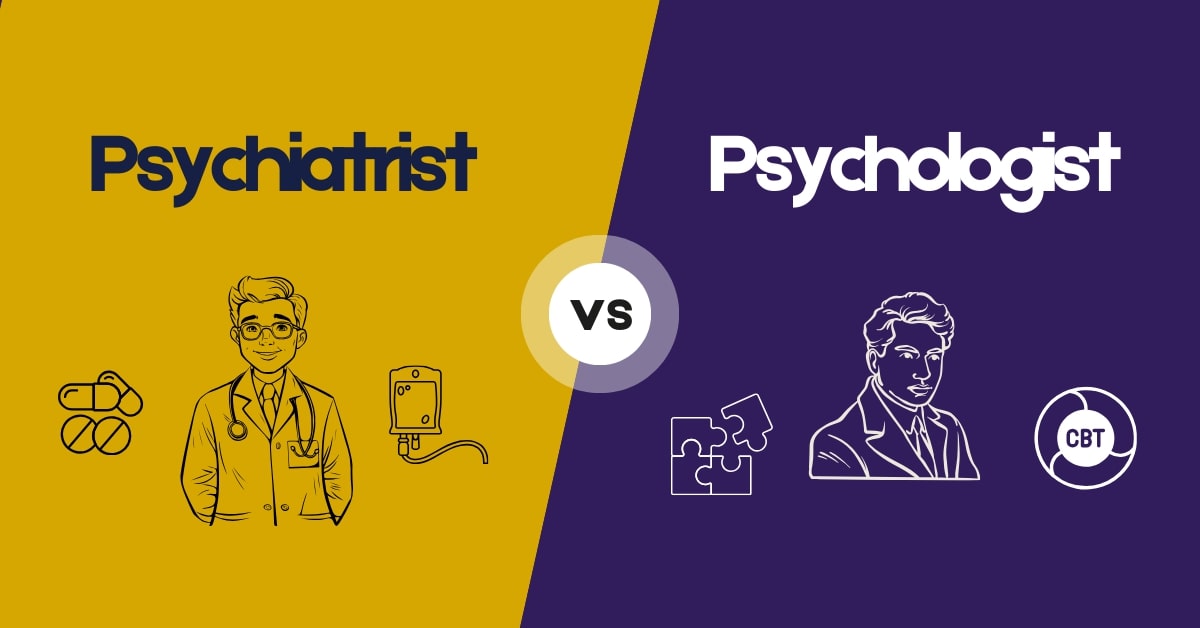
Psychologist and Psychiatrist – Understanding the difference
What is the difference between a psychologist and psychiatrist? When you’re struggling with your mental health or trying to support someone who is, knowing where to turn can be confusing. You might have heard the terms “psychiatrist” and “psychologist” used interchangeably but they’re not the same. Both professionals are trained to help people manage mental…
-
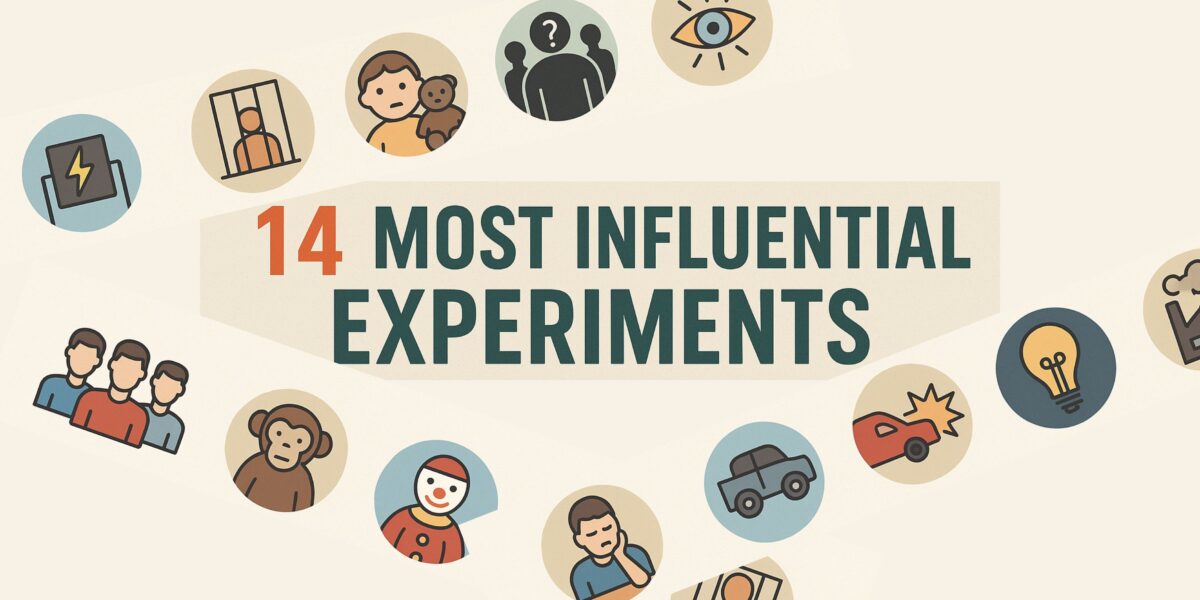
14 Famous Experiments That Shaped Psychology
Human nature and consciousness have been instrumental in the development of the world as we know now. The advancements humans have made from studying behavior have led to laws, technology and creating intelligent artificial beings from carefully crafted systems tools. What has made all of this possible? Experimental science. The study of consciousness has remained…
-
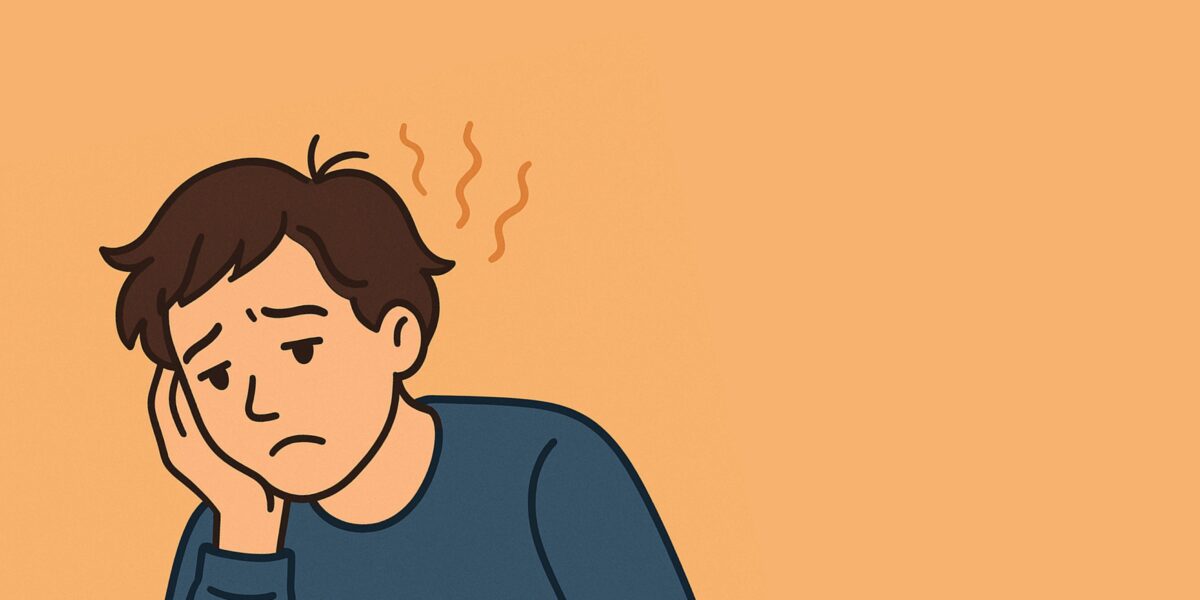
9 Reasons Why You’re Always Tired
Feeling tired all the time is more than just being sleepy—it’s your body signaling that something’s off. Fatigue signals that not only does your body feel a physical toll, but there is significant psychological stress involved as well. Due to its multifaceted nature, scientists note that fatigue can come from lifestyle habits, mental health, medical…

